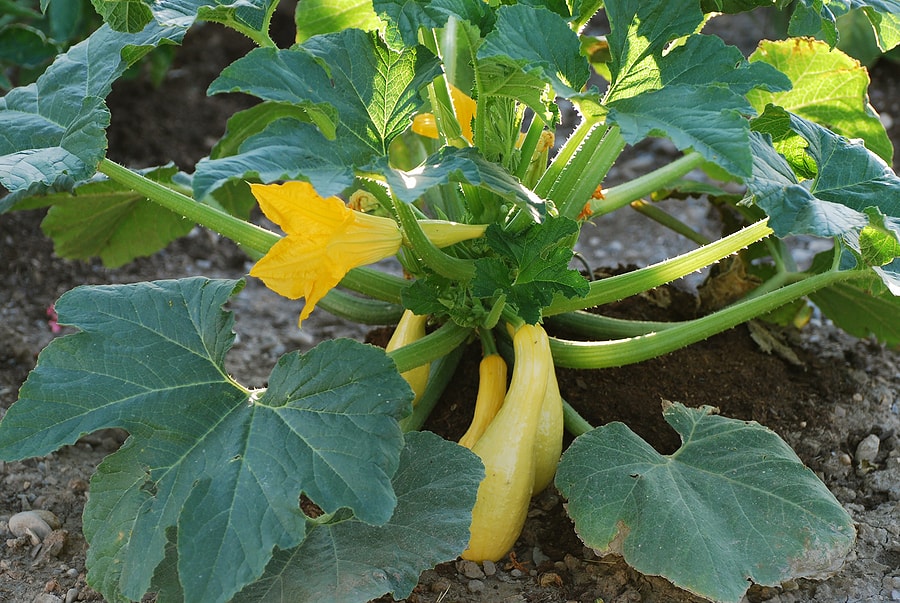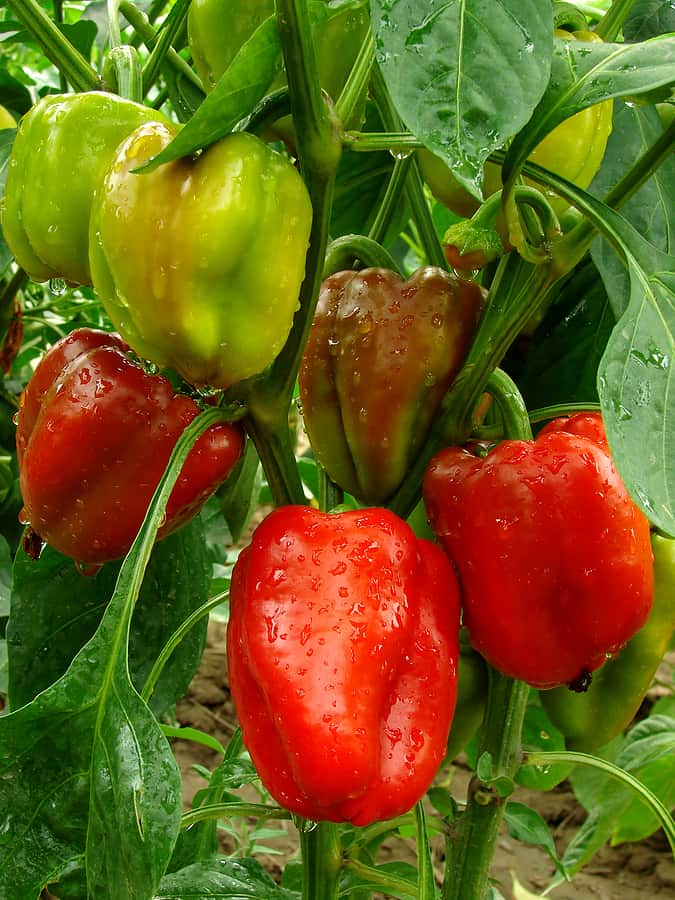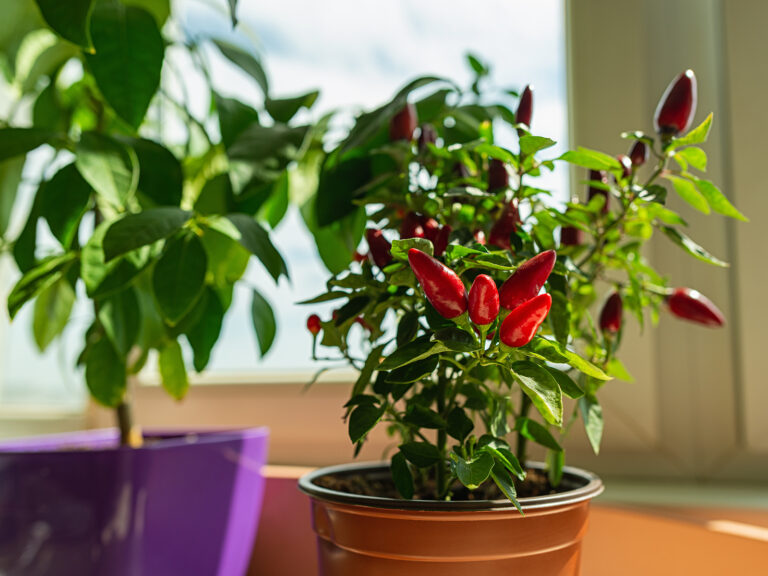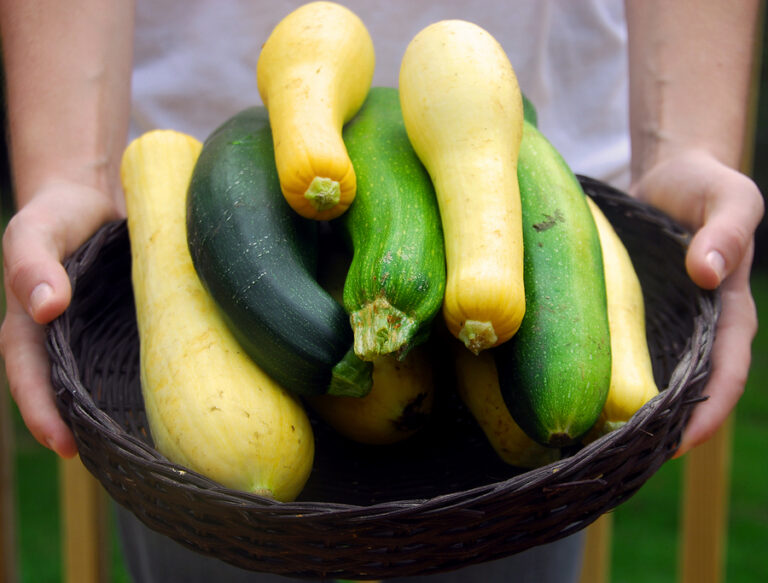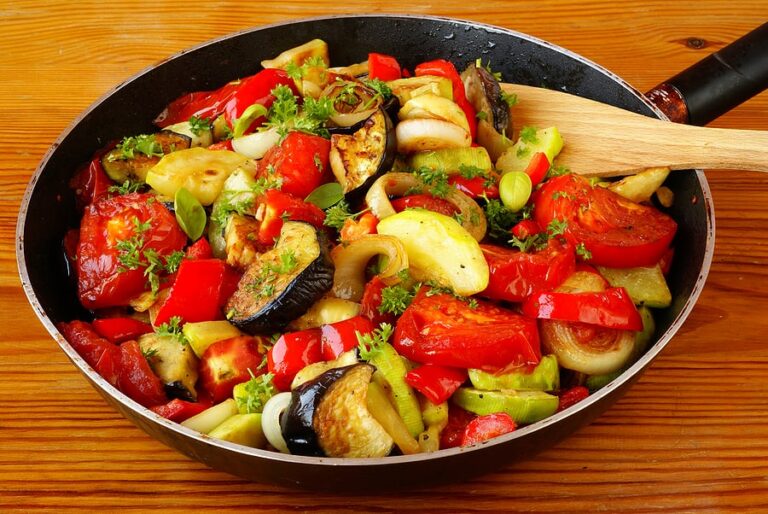How to Grow Summer Squash and Zucchini: A Gardener’s Guide
Few vegetables are as productive and rewarding to grow as summer squash and zucchini. With the right care, these fast-growing plants can provide a steady harvest all season long, often producing more than you can eat! Over the years, I’ve grown multiple varieties, from classic green zucchini to yellow crookneck and pattypan squash, testing different planting methods, trellising techniques, and organic pest control strategies to maximize yields.
Through trial and error, I’ve learned what works best—from choosing the right soil and spacing to preventing common issues like squash vine borers and powdery mildew. In this guide, I’ll share my firsthand experience along with proven, expert-backed techniques to help you grow strong, healthy plants that thrive in your garden. Whether you’re planting in raised beds, containers, or traditional garden rows, these tips will set you up for success.
Let’s dive in and get your summer squash off to a great start!
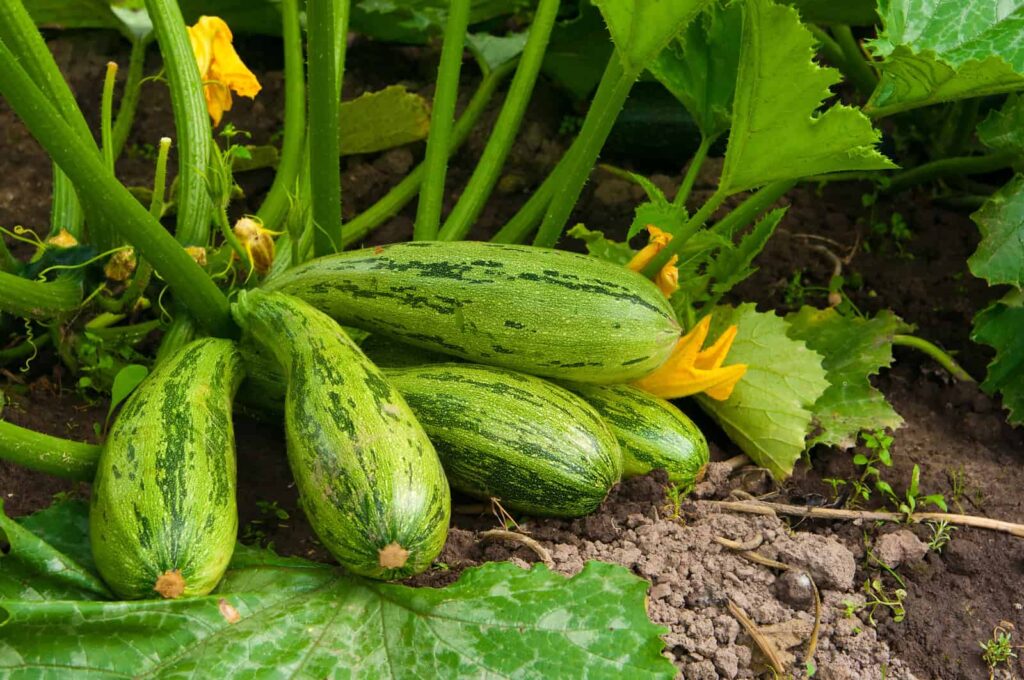
Zucchini and summer squashes are frost-tender, warm-season annuals. The most popular summer squashes are crookneck, straightneck, scallop, and zucchini. Summer squashes are eaten when they are immature, usually when their skins are soft and thin.
Summer squash commonly grows as a bush or smaller weak-stemmed vining plant. Squashes have large, broad leaves; 4 to 6 stems or short vines grow from a central root.
Summer squash and winter squash are both grown during the summer. Winter squash is harvested in autumn and stored for winter use. Winter squashes are harvested when their skins are hard. Winter squashes include acorn, buttercup, butternut, Hubbard, and spaghetti. See How to Grow Winter Squash.
Here is your complete guide to growing zucchini and summer squash.
Quick Summer Squash and Zucchini Growing Tips
- Start to grow zucchini and summer squash usually no sooner than 3 weeks after the last frost in spring.
- Summer squashes grow best in air temperatures ranging from 60° to 75°F (15°-23°C); established fruit will ripen in temperatures as high as 100°F (37°C) but flowers will drop in high temperatures.
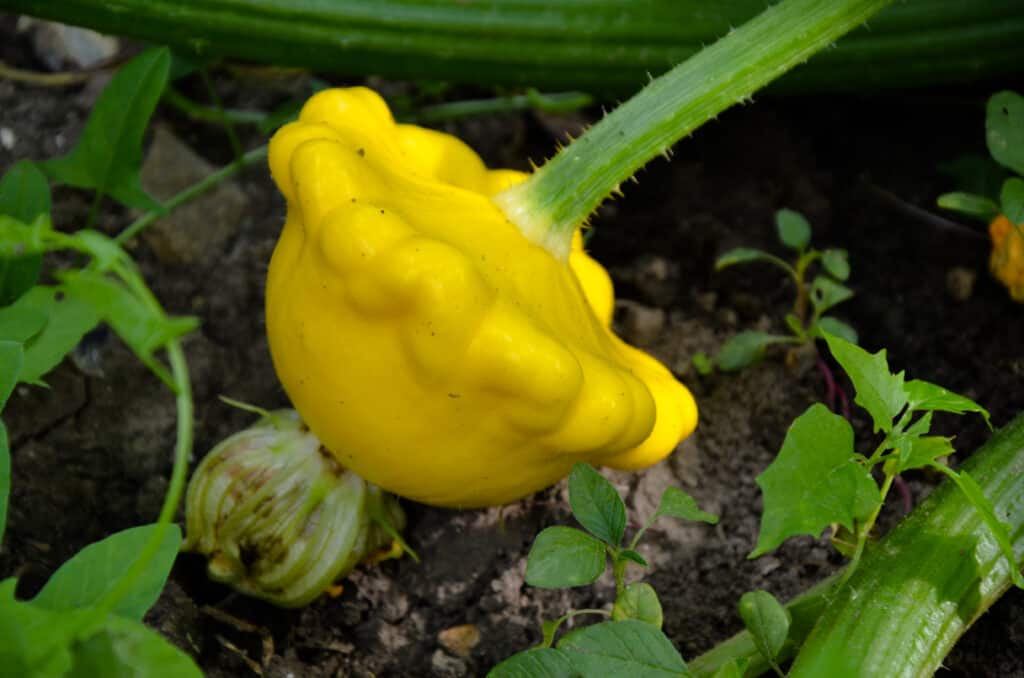
Where to Plant Squash
- Plant squash in full sun.
- Grow squash in loose, well-drained soil rich in organic matter.
- Prepare planting beds in advance working in plenty of aged compost. Add aged manure to planting beds in the autumn before growing squash.
- Squash prefers a soil pH of 5.5 to 6.8.
- Summer squashes will sprawl slightly; if space is tight train them over small A-frame trellises.
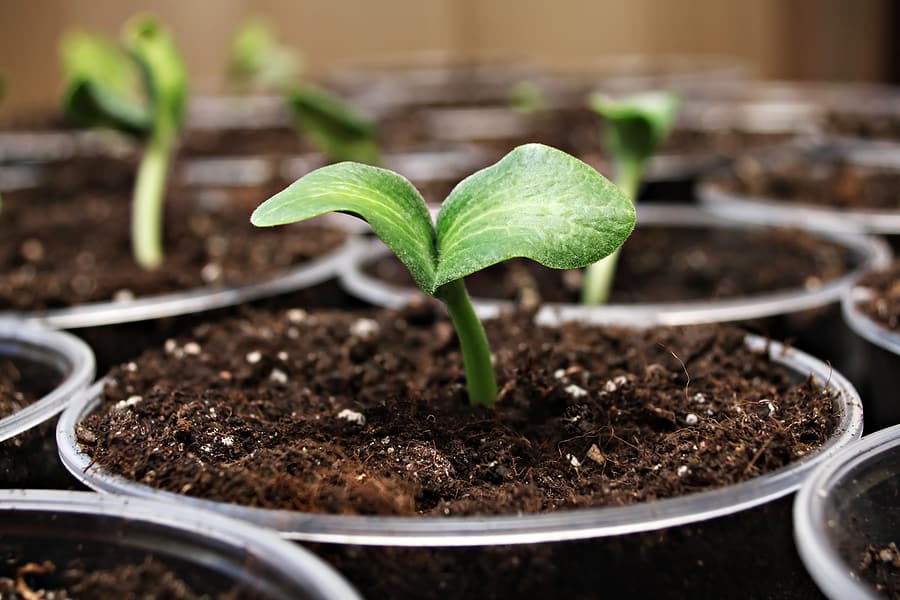
Zucchini and Summer Squash Planting Time
- Summer squashes are frost-tender, warm-season annuals.
- Sow squash seeds in the garden–or set out seedlings started indoors–only after the soil has warmed to at least 60°F (16°C), usually no sooner than 3 weeks after the last frost in spring.
- Start squashes indoors as early as 4 weeks before the last average frost date in spring.
- Sow seed indoors in biodegradable peat or paper pots that can be set directly in the garden so as not to disturb plant roots.
- Summer squashes grow best in air temperatures ranging from 60° to 75°F (16-24°C); established fruit will ripen in temperatures as high as 100°F (37°C) but flowers will drop in high temperatures.
- Squashes are warm-season crops and very sensitive to cold and frost.
- Summer squashes require 50 to 65 days to reach harvest.
Planting and Spacing Zucchini and Summer Squash
- Sow squash seeds 2 to 3 inches deep.
- Sow squash in raised hills or inverted hills with 4 to 5 seeds set 3 to 4 inches (7-10cm) apart; thin to the two strongest seedlings.
- Space hills 6 to 8 feet (1.8-2.4m) apart.
- In rows, plant 2 squash seeds 10 inches (25cm) apart in rows 3 to 5 feet (.9-1.5m) apart; thin successful seedlings in rows to 3 feet (.9m) apart.
- Thin seedlings by cutting off weak seedlings at soil level with scissors so as not to disturb fragile roots.
- Hills or mounds should be 6 to 12 inches (15-30cm) tall and 20 inches (50cm) across. This will allow plants to run down the hill away.
- Inverted hills (basins)–which can be used to retain moisture in dry regions–can be made by removing an inch of soil from an area about 20 inches across and using the soil to form a ring or circle.
- Plant 4 or 5 seeds in each inverted hill. Summer squashes can be trained up a fence or trellis.
- Set supports in place at the time of planting so as not to disturb growing roots.
- Squash Yield. Grow 1 or 2 summer squash plants per household member.
More tips: Summer Squash and Zucchini Seed Starting Tips.
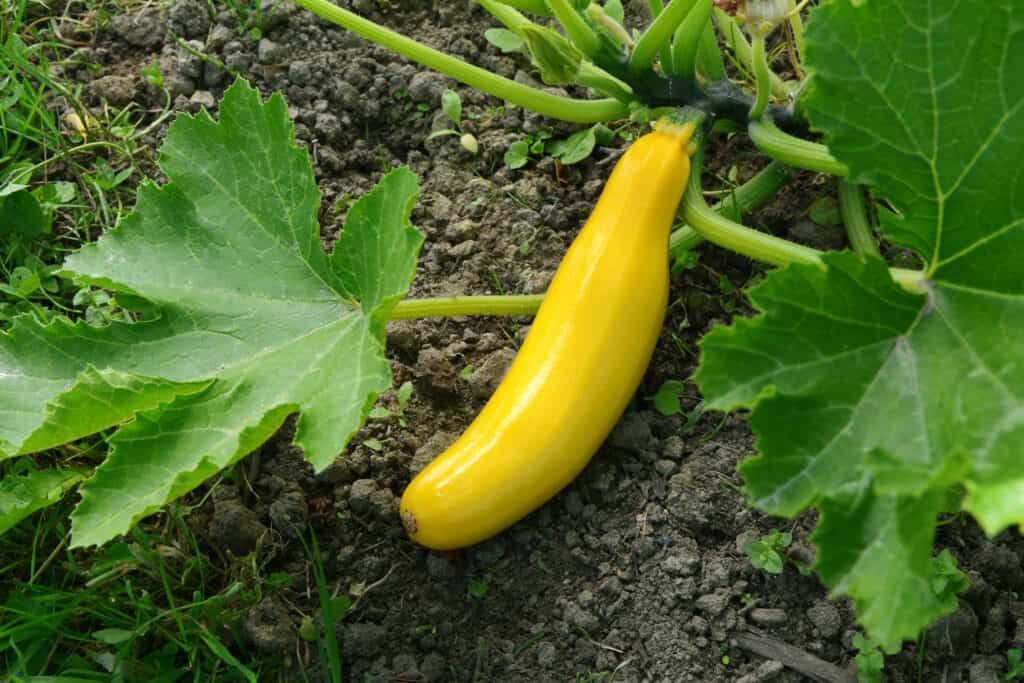
Water and Feeding Zucchini and Summer Squash
Watering squash
- Squash grows best in soil that is kept evenly moist.
- Squashes require a lot of water in hot weather. Plants may wilt on hot days as they use water faster than the roots can supply.
- As long as the water is regular and deeply applied, wilted plants will liven up as the day gets cooler.
- Squash that is wilted in the morning needs immediate water.
Fertilizing squash
- Add aged compost to planting beds before planting and side-dress squash with aged compost at midseason.
- Side dress squash with compost tea or slow-release organic fertilizer every 2 to 3 weeks during the growing season. Avoid feeding squash with high nitrogen fertilizer, 5-10-10 is best.
Squash Companion Plants
- Good companion plants for squash include nasturtiums, bush peas, and beans.
- Avoid planting summer squashes in the shadows of taller plants.
Zucchini and Summer Squash Pollination and Fruit Set
- Squashes have separate male and female flowers.
- The first flowers to appear are male flowers that will not produce fruit.
- Female flowers appear slightly later and are pollinated by the male flowers commonly with the help of insects.
- If pollination is slow or does not occur, use a soft-bristled brush to dust inside a male flower then carefully dust the inside of a female flower (a female flower will have an immature fruit on its stem, a male won’t).
- Once fruits form set each one on a wooden plank so that it does not have direct contact with the soil; this will allow squashes to mature with less exposure to insects.
More tips: How to Maximize Squash Pollination for Bigger Harvests
Container Growing Zucchini and Summer Squash
- Bush-type summer squash can be grown in containers.
- Sow 2 or 3 seeds in the center of a 10-inch (25cm) container; thin to the strongest seedlings once plants are 3 to 4 inches (7-10cm) tall.
- Extend the growing season by planting early and moving pots indoors when frost threatens.
- Set a cage or trellis in place at planting to save space.
Squash Pests and Diseases
Squash pests
- Squash can be attacked by squash bugs, squash borers, and cucumber beetles.
- Handpick or hose away beetles. A small hole in the stem or unexplained wilting may indicate the presence of borers.
- Slit the stem, remove the borers, and dispose of them. Cover the slit stem with soil to encourage root development from that point.
- Squash borers or bacterial wilt can cause squash plants to suddenly wilt and die just as they begin to produce.
Squash diseases
- Plant disease-resistant varieties.
- Water at the base of plants to keep water off the foliage, and do not handle plants when they are wet to avoid the spread of fungal spores.
- Remove and destroy infected plants before they spread disease to healthy plants.
- Bacterial wilt can be spread by cucumber beetles. Handpick and destroy cucumber beetles.
- Powdery mildew, a fungus disease, will cause leaves to turn a gray-white color late in the season. Proper spacing and increased air circulation will help reduce this problem.
- Mosaic virus can cause squash plants to become mottled yellow and stunted. Mosaic virus is spread by aphids. Control aphids and remove affected plants.
- Blossom end rot will cause squash fruit to rot from the blossom end. Blossom end rot is caused by fluctuations in soil moisture. Water evenly and regularly and mulch around plants to conserve soil moisture.
More on diseases and pests: Zucchini and Squash Growing Problems: Troubleshooting.
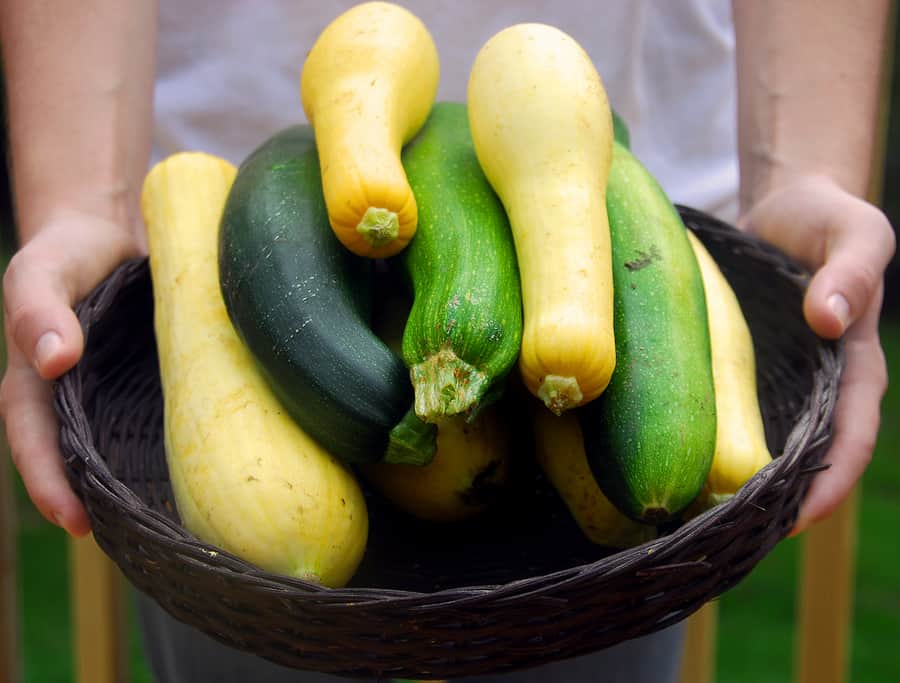 Zucchini and Summer Squash Harvest
Zucchini and Summer Squash Harvest
Harvest summer squash when they are still small just 4 to 6 inches long. Harvest winter squash when the skin is so hard that it can’t be pierced by a fingernail. Harvest all melons and squash before the first hard frost.
Summer squashes–including pattypan, scalloped, yellow, and zucchini–will survive where nights dip below 65°F (18°C), but if temperatures go any lower protect your crop with a floating row cover. These crops require 50 to 65 days to reach maturity.
Winter squashes require 80 to 100 days to maturity depending upon the variety. Both winter and summer squashes can be set out in soil as cool as 60°F (15°C), but in cool soil, it would be best to cover the planting bed with black plastic to speed up plant growth.
Cure winter squash for storage by placing them in a hot, dry place for three weeks. Curing will toughen the skin so that it will keep through the winter.
- Summer squashes are ready for harvest 50 to 65 days from sowing.
- Pick summer squashes young when rinds are still tender and before seeds have formed.
- Harvest zucchini and crookneck varieties when they are 5 to 10 inches (12-25cm) long (4 to 7 inches/10-17cm long for yellow varieties); harvest scallop and round types when they are 3 to 5 inches (7-12cm) in diameter.
- Break the squashes from the stem, or use a clean knife to cut the fruit away.
- Do not let summer squash mature; that will suppress flowering and reduce the yield.
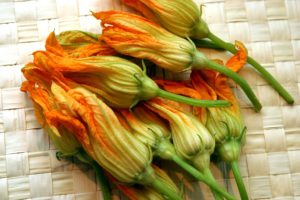
Squash flowers are edible
- Pick and eat male flowers so as not to reduce the productivity of the plants.
- Squash flowers are often dipped in a batter and deep-fried.
Storing and Preserving Zucchini and Summer Squash
- Summer squashes will keep in the refrigerator for up to one week.
- Do not wash squashes until you are ready to use them.
- Cooked squash can be frozen, canned, pickled, or dried.
More harvest and kitchen tips: Summer Squash: Kitchen Basics.
Varieties of Zucchini and Summer Squash
• Crookneck: Aztec (55 days); Bandit; Crescent (53 days); Early Summer Yellow (53 days); Golden Dawn; Horn of Plenty; Medallion; Milano (42 days); Sundance (52 days); Supersett (50 days).
• Straightneck: Butterstick (50 days); Early Prolific (50 days); Enterprise; Gold Slice; Goldbar (50 days); Multipik; Precious; Seneca Prolific (51 days); Sunbar (43-54 days).
• Scallop or pattypan: Benning’s Green Tint (54-63 days); Butter Scallop (50 days); Golden Bush (68 days); Patty Pan (50 days); Peter Pan (60 days); Scallopini (60 days); Sunburst (50 days); Yellow Custard (50 days).
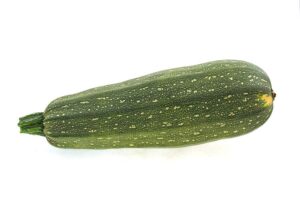
• Zucchini: Ambassador (55 days); Aristocrat (48 days); Arlesa (45 days); Black Beauty (58 days); Black Jack (55 days); Chefini (51 days); Clarimore Lebanese (44 days); Cocozelle (striped-45 days); Condor (48 days); Costata Romanesca (80 days); Dark Green (44-60 days); Elite; Embassy (49 days); Gold Rush (50 days); Golden Dawn (45 days); Goldfinger (41 days); Greyzini (55 days); Jackpot; Lebanese Light Green (40 to 50 days); Magda (45 days); Midnight; Milano (42 days); Onyx; Raven (42 days); Ronde de Nice (45 days); Round Green (52 days); Seasons; Seneca (47 days); Spacemiser; Spineless Beauty; Tatume (52 days) ; Tipo (55 days); Viceroy.
Squash Basics:
- Common name. Summer squash, crookneck, pattypan, straightneck, scallop, zucchini.
- Botanical name. Cucurbita species.
- Origin. American tropics
Related posts you might find helpful:
Summer Squash
- How to Grow Summer Squash and Zucchini: A Gardener’s Guide
- Planting and Growing Summer Squash
- Summer Squash Care and Maintenance
- The Best Summer Squash & Zucchini Varieties for Your Garden
- How to Harvest and Store Summer Squash
- Eight Ways to Cook and Serve Summer Squash
Winter Squash
- The Ultimate Guide to Growing Winter Squash
- Planting and Growing Winter Squash
- Winter Squash Care and Maintenance
- The Best Winter Squash Varieties for Your Garden
- Harvesting & Storing Winter Squash for Long-Term Use
- Seven Ways to Cook and Serve Winter Squash
Squash Planting and Care
- Squash Seed Starting Tips: How to Grow Strong, Healthy Plants from the Start
- How to Maximize Squash Pollination for Bigger Harvests
- Growing Squash in Small Spaces: Trellising & Container Growing
- How to Prevent and Treat Squash Pests and Diseases Naturally
- Squash Vine Borer Organic Pest Control
- Squash Bug Organic Pest Control
Books to help you grow:


